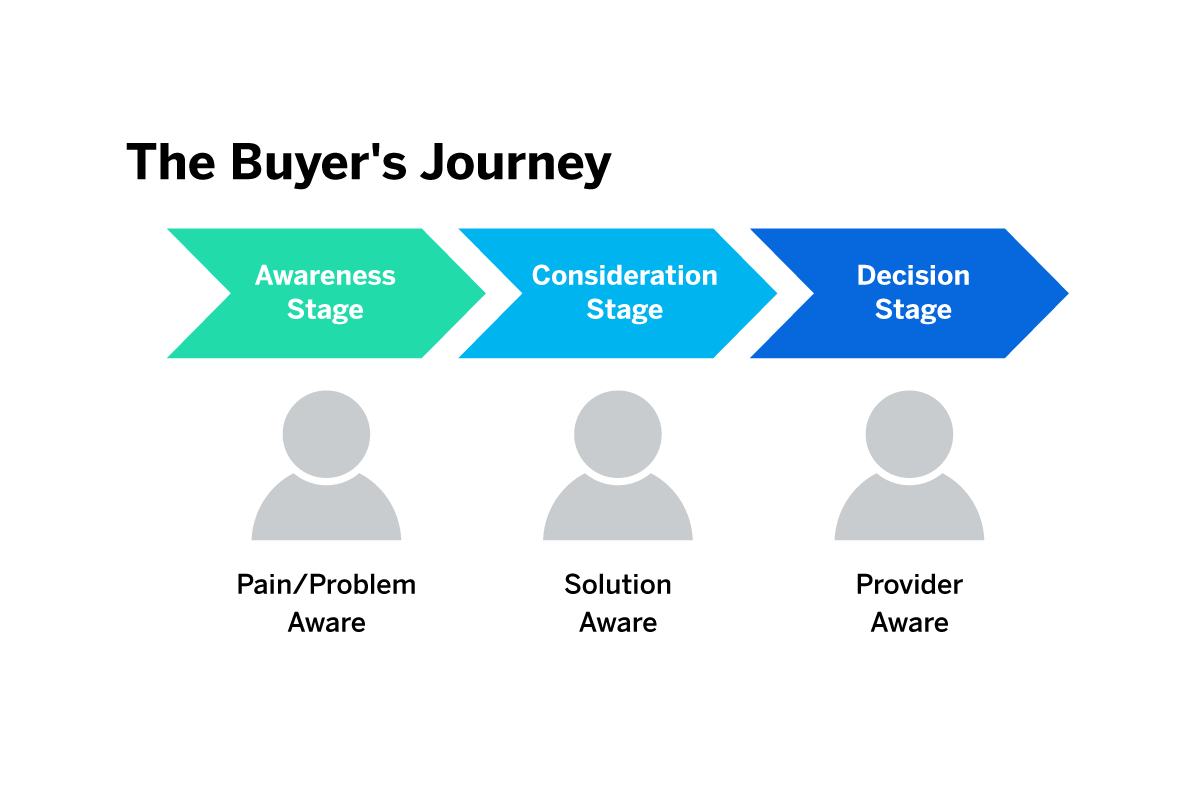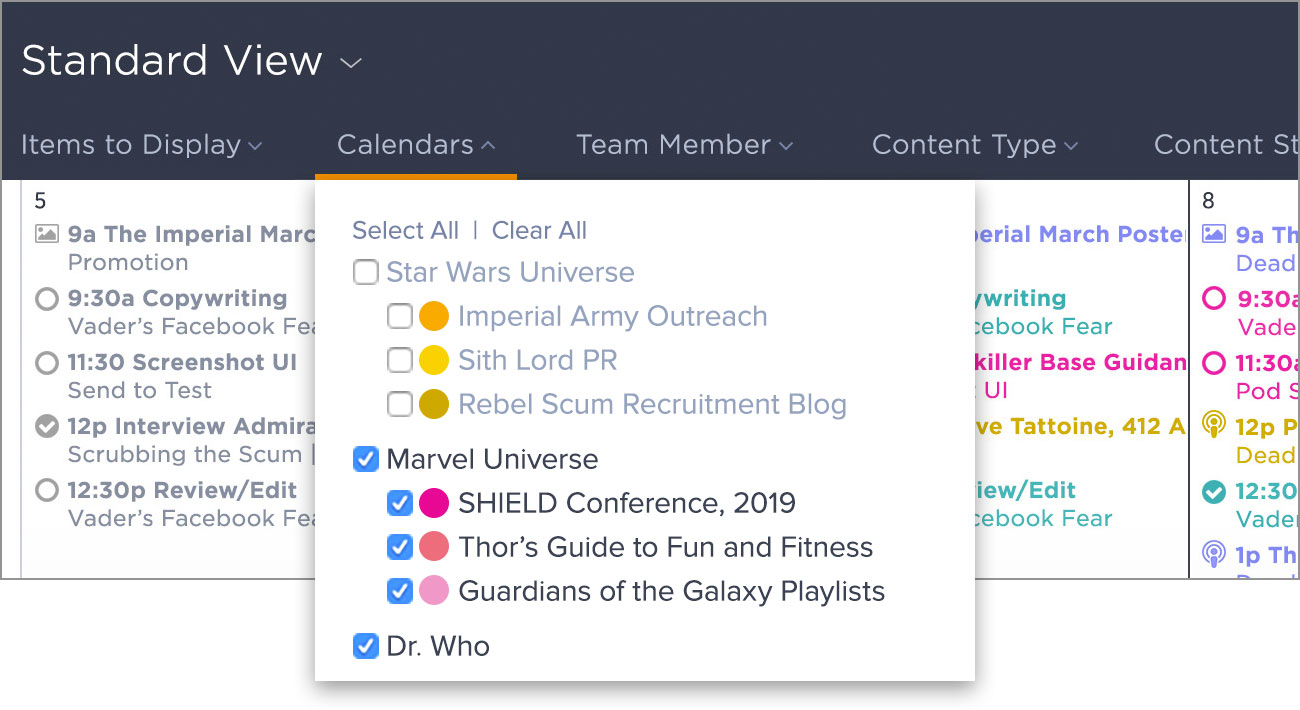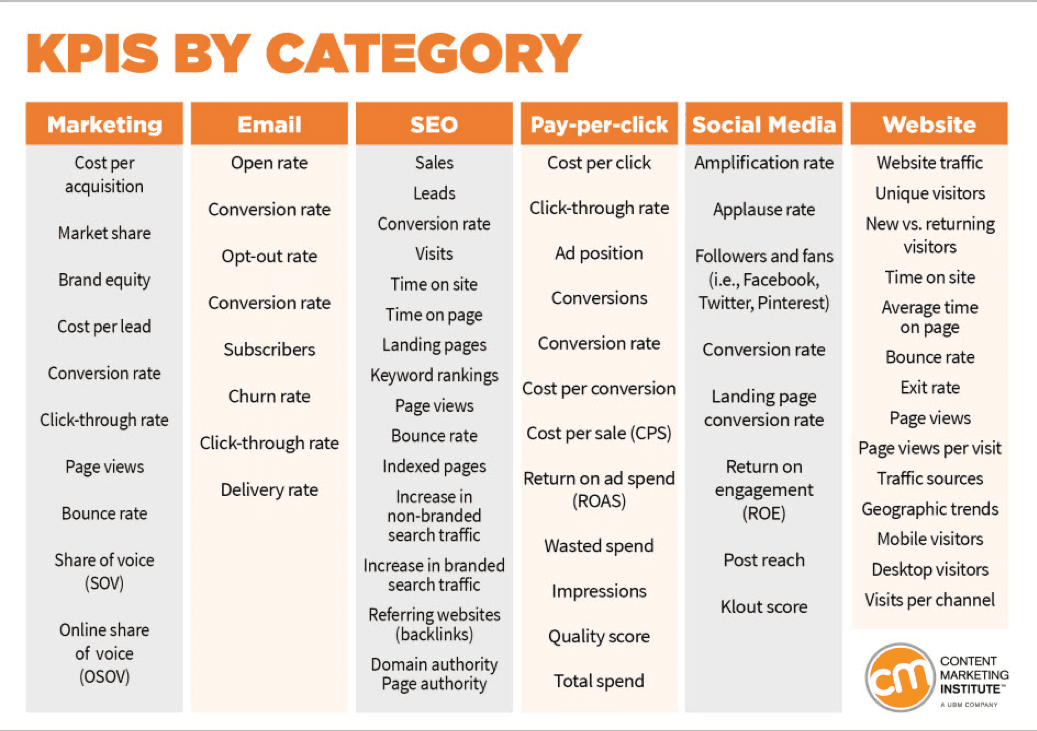Think your content marketing strategy is good enough? Think again. In a world flooded with mediocre content, simply “doing” content marketing is no longer sufficient. To truly stand out and drive results, you must commit to mastering content marketing best practices — no excuses, no shortcuts.
This isn’t just another gentle nudge; it’s a challenge to elevate your game and do content marketing right. In this guide, we’ll walk you through the essential strategies and steps to create, execute, and optimize a content marketing plan that actually works.
Understand Your Audience and Goals
Conduct Deep Audience Research
To create compelling content, start by developing a comprehensive understanding of your audience. Use tools like Google Analytics, social media insights, and customer surveys to gather data about your target demographic — such as age, location, interests, and purchasing behavior.

Build detailed buyer personas that reflect the distinct segments of your audience. Dive deeper into their pain points, preferences, and the types of content they engage with most, so you can tailor your messaging effectively.
Define Clear Content Goals
Every piece of content should have a specific purpose. Set SMART (Specific, Measurable, Achievable, Relevant, Time-bound) goals that align with your broader marketing objectives.
Determine what you want each content piece to achieve: Is it to drive traffic, generate leads, increase engagement, or build brand authority? Make sure your goals are aligned with audience needs, ensuring that each content piece addresses a problem or question they have. Use these goals to guide your content strategy and measure success.
Align Content With the Customer Journey
Map your content to the different stages of the buyer’s journey: awareness, consideration, and decision.

For the awareness stage, focus on content that educates and informs. In the consideration stage, provide deeper insights, comparisons, and case studies. At the decision stage, offer testimonials, product demos, and free trials to help nudge prospects toward making a purchase. This alignment ensures you’re meeting potential customers where they are with the information they need.
Develop a Robust Content Strategy
Perform a Comprehensive Content Audit
Before diving into new content creation, review your existing content. Identify what’s working well and what isn’t, based on metrics like traffic, engagement, and conversion rates.
Use this audit to pinpoint gaps in your current strategy — areas where audience questions are left unanswered or opportunities for higher engagement are missed. This helps inform your future content planning, ensuring each piece builds on past successes or fills an identified need.
Create a Data-Driven Content Calendar

A content calendar is essential for planning and organizing your strategy, ensuring you maintain a consistent flow of content. Tools like DivvyHQ’s content calendar allow you to schedule posts, collaborate with team members, and adjust plans based on performance data — all in one place. This streamlines your efforts and keeps everyone aligned with your goals.
Optimize for SEO and Distribution Channels
SEO isn’t just about keywords — it’s about creating valuable content that aligns with user intent. Develop an SEO strategy that targets relevant keywords naturally within high-quality content. Incorporate long-tail keywords and optimize meta descriptions, headers, and alt tags.
Beyond SEO, identify the most effective distribution channels for your audience, whether it’s social media, email, or partnerships. Ensure that each content piece is tailored to the unique characteristics and audiences of these platforms.
Execute With Precision and Consistency
Maintain a Rigorous Content Calendar
Consistency is key to effective content marketing. Remember to use a content calendar to plan and track all content production and distribution activities, including deadlines, responsible team members, content formats, and publishing dates.
Implement tools like DivvyHQ to keep your team aligned and on schedule. To further streamline your efforts, consider using DivvyHQ’s Content Marketing Template Package, which offers customizable frameworks to structure your content planning.
Regularly review the calendar to adjust for changes, such as new trends, audience feedback, or shifting priorities, ensuring your strategy remains agile and relevant.
Foster Cross-Functional Collaboration
Content marketing isn’t just a task for the marketing team — it requires input from sales, product development, customer service, and beyond. Establish regular cross-functional meetings to gather insights and feedback that can inform content creation.
Leverage subject matter experts to develop in-depth, authoritative content. Use collaborative tools to facilitate seamless communication and ensure everyone is aligned with the content strategy, contributing ideas, and staying updated on progress.
Prioritize Quality Over Quantity
While it’s important to maintain a steady stream of content, never sacrifice quality for volume. Invest time in thorough research, compelling storytelling, and professional editing to ensure every piece you publish adds value to your audience.
Utilize data-driven insights to understand what types of content perform best and focus on creating more of that, rather than churning out low-quality content that fails to engage or convert.
Measure, Analyze, and Optimize
Track Key Performance Indicators (KPIs)
Identify and monitor KPIs that align with your content marketing goals, such as website traffic, engagement rates, conversion rates, lead generation, and social shares.

Use analytics tools like Google Analytics to gather data on content performance. Regularly review these metrics to evaluate whether your content is achieving its intended objectives and make adjustments as needed to improve results.
Conduct A/B Testing and Experimentation
Don’t be afraid to experiment with different content formats, headlines, CTAs, or publishing times to discover what resonates most with your audience.
Conduct A/B tests to compare the performance of different versions of content and gather actionable insights. Use these findings to refine your strategy continuously, optimizing both the content itself and the ways it’s delivered to your audience.
Iterate and Improve Based on Data Insights
Data should guide all content decisions. Analyze performance metrics to identify trends, such as which topics generate the most engagement or which formats drive the highest conversions.
Use these insights to fine-tune your content strategy — focusing more on what works and phasing out what doesn’t. Regularly revisit your goals, KPIs, and audience needs to ensure your content remains aligned with your overall business objectives.
Master Content Marketing Today With DivvyHQ
Mastering content marketing requires strategy, consistency, and a focus on results. By understanding your audience, crafting a solid plan, and optimizing based on data, you can drive meaningful growth.
DivvyHQ makes this easier with tools for planning, collaboration, and performance tracking. Ready to simplify your content operations? Request a demo today to see how DivvyHQ can help you execute a winning content strategy.

